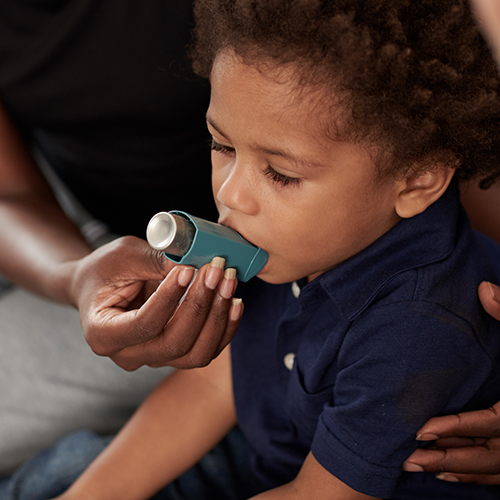April 2025
Roughly 67 million adults and 14 million children experience seasonal allergies each year, according to the Asthma and Allergy Foundation of America (AAFA).
Seasonal allergies can be triggered by the pollen from various types of trees, grasses, weeds (esp. ragweed), and flowers. When you experience symptoms depends on which types of plant pollen you’re allergic to, and when those specific plants are producing pollen. If you’re an allergy sufferer, you likely know the common causes and triggers for your symptoms. But you may not be aware of these lesserknown facts about seasonal allergies.
1. Stress can make your allergy symptoms worse. Google data shows that stress spikes in the springtime, and stress increases the amount of histamine in your blood stream, contributing to annoying allergy symptoms. Doctors at Harvard Medical School also say that stress intensifies how bothered you are by coughing, sneezing and that runny nose.
2. Allergy symptoms can spike during PMS and pregnancy. Higher levels of hormones, including estrogen, can make itchy eyes and other spring allergy symptoms worse, according to physicians at Penn Medicine.
3. Thunderstorms don’t help. Rain washes allergens away, but thunderstorms don’t have the same effect. The AAFA says that severe weather, which is most common during the spring and summer, can pick up and swirl pollen around, leading to a phenomenon known as “thunderstorm asthma.”
4. Ladybug allergies are real. One study in the Annals of Allergy, Asthma & Immunology journal found that Asian ladybugs (Harmonia axyridis) caused an allergic reaction in 50% of allergy sufferers. When warmer spring weather arrives, some people find Asian ladybugs inside and outside their houses, so researchers recommend that spring allergy sufferers check their homes for infestation.
5. Your allergy symptoms may improve as you grow older — or they may get worse. As you age, your immune system produces less immunoglobulin E — the antibody responsible for allergic reactions — which can decrease your symptoms. That said, Medical News Today reported that aging can cause nose changes — like a weakening of the septum — that can make seasonal allergy symptoms worse. And for those whose allergies trigger asthma, symptoms can also worsen with age. That’s because people are more likely to develop other problems with lung function as they age, making asthma symptoms worse.



